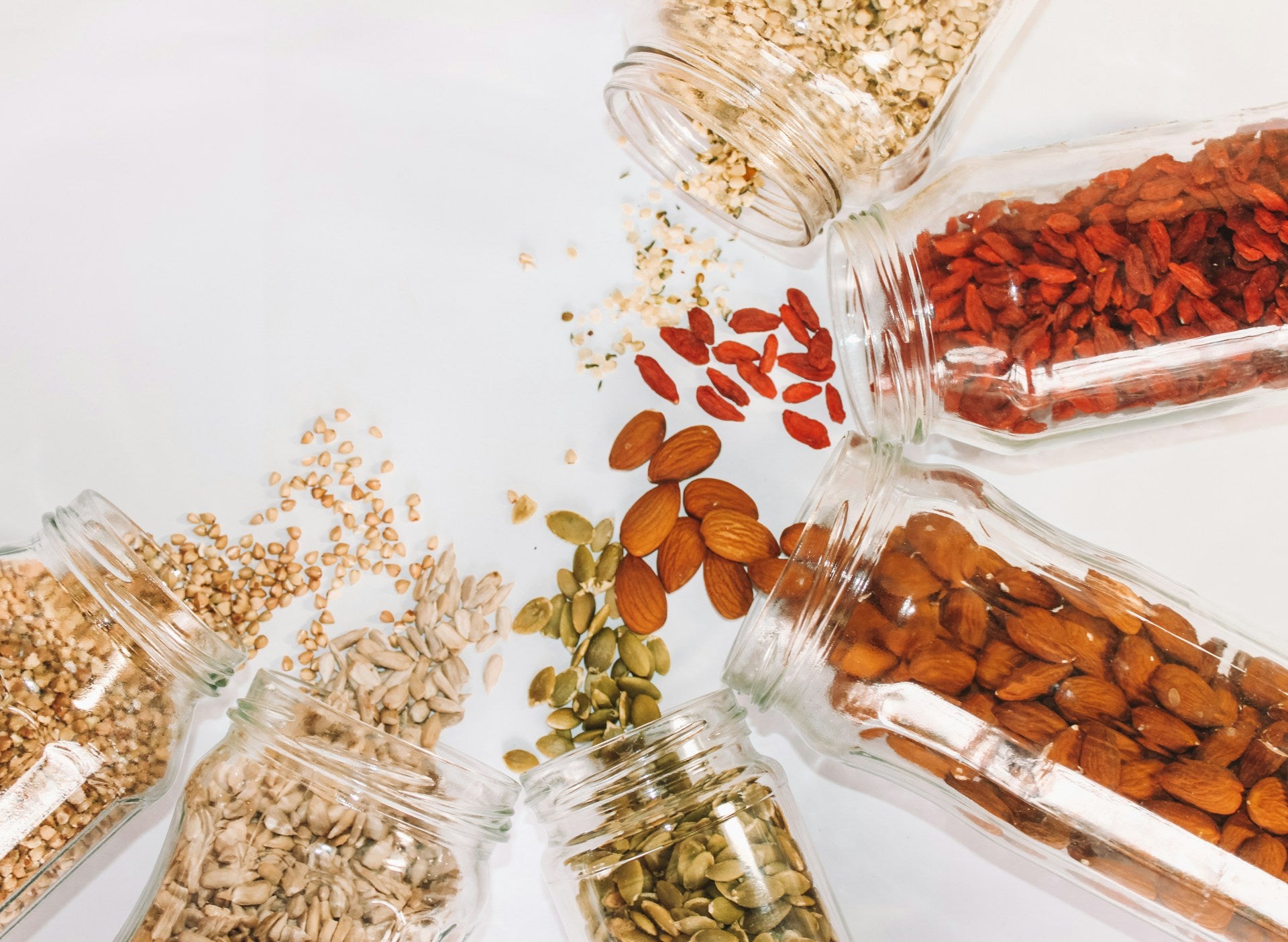The Forgotten Superfoods: Nutritional Powerhouses Hiding in Plain Sight

When we think of superfoods, we often imagine exotic ingredients like açai berries or spirulina. These are lauded for their health benefits and tend to carry a hefty price tag. However, some of the most potent superfoods are much more common—and far less expensive—than you might think. In fact, many of these nutritional powerhouses are probably already sitting in your pantry, just waiting to be rediscovered.
In this blog, we will explore a range of overlooked superfoods that pack an impressive nutritional punch. We’ll dive into their health benefits, why they’ve been underrated, and how you can incorporate them into your diet with ease.
1. Amaranth: An Ancient Grain with Modern Benefits
Amaranth is one of the oldest cultivated grains in the world, dating back thousands of years. While it was a staple for ancient civilizations like the Aztecs, it’s often overshadowed by more popular grains like quinoa today. However, amaranth holds its own as a superfood, especially when it comes to protein and micronutrient content.
Why it’s a superfood:
Amaranth is a complete protein, meaning it contains all nine essential amino acids—a rare trait for plant-based foods. It’s also rich in fiber, iron, magnesium, and calcium. These nutrients contribute to stronger bones, improved digestion, and enhanced muscle function. Amaranth’s anti-inflammatory properties make it a great option for those dealing with chronic inflammation or digestive issues.
How to use it:
Amaranth can be used as a base for salads, porridges, or soups. Its nutty flavor complements both sweet and savory dishes, making it a versatile addition to your meals. You can also pop it like popcorn for a crunchy snack or sprinkle it over yogurt for extra texture and nutrition.

2. Jackfruit: The Meat Alternative You’ve Been Overlooking
Jackfruit has recently gained popularity as a vegan alternative to pulled pork, but many still overlook this tropical fruit’s incredible nutritional profile. Native to South and Southeast Asia, jackfruit is not only an eco-friendly alternative to meat, but it's also packed with essential vitamins and minerals.
Why it’s a superfood:
Jackfruit is high in dietary fiber, which aids digestion and promotes a feeling of fullness, making it great for weight management. It’s also rich in vitamin C, an antioxidant that supports immune health and skin elasticity. Additionally, jackfruit contains magnesium, potassium, and B vitamins, which contribute to overall heart health and energy production.
How to use it:
Young, unripe jackfruit has a meat-like texture and can be seasoned and used in tacos, sandwiches, or curries as a plant-based meat substitute. Ripe jackfruit, on the other hand, has a sweet flavor and can be eaten fresh, added to smoothies, or used in desserts.
3. Seaweed: A Nutritional Treasure from the Ocean
While seaweed is a staple in East Asian cuisine, particularly in Japan, it’s often underutilized in Western diets. This ocean vegetable is a powerhouse of nutrients, providing a wealth of health benefits in just a few bites.
Why it’s a superfood:
Seaweed is rich in iodine, a nutrient essential for thyroid function. It also contains a unique combination of vitamins and minerals, including calcium, magnesium, iron, and vitamin K. Its high antioxidant content helps fight oxidative stress, while its fiber content supports gut health. Seaweed also contains compounds that may reduce blood pressure and improve heart health.
How to use it:
Nori sheets can be used to make sushi or as a wrap for various fillings. You can also crumble them into soups, salads, or stir-fries for a salty, umami flavor. Dried seaweed snacks are another easy way to add this nutritional powerhouse to your diet.
4. Hemp Seeds: Tiny Seeds with Big Benefits
Hemp seeds are often overshadowed by their more popular cousins, chia and flax seeds. However, these tiny seeds are nutritional giants, offering a range of benefits for both physical and mental health.
Why it’s a superfood:
Hemp seeds are an excellent source of plant-based protein, containing all nine essential amino acids. They are also rich in omega-3 and omega-6 fatty acids, which support heart health and reduce inflammation. Additionally, hemp seeds are a great source of magnesium, zinc, and iron, contributing to muscle recovery, immune function, and energy levels.
How to use them:
Hemp seeds can easily be added to smoothies, oatmeal, or salads. You can also use hemp seed oil as a dressing for vegetables or drizzle it over grains for an extra dose of healthy fats. Hemp protein powder is another excellent option for those looking to boost their protein intake without using animal products.
5. Cabbage: The Humble Vegetable with Unmatched Versatility
Cabbage may not have the glamorous reputation of kale or spinach, but it’s an incredibly nutrient-dense vegetable that’s often overlooked. Available year-round and typically inexpensive, cabbage deserves a spot in your diet for its wide range of health benefits.
Why it’s a superfood:
Cabbage is high in vitamin K, which plays a crucial role in blood clotting and bone health. It’s also an excellent source of vitamin C, an antioxidant that boosts immune function and skin health. Additionally, cabbage contains glucosinolates, compounds that may have cancer-fighting properties. Its high fiber content supports digestive health and helps prevent constipation.
How to use it:
Cabbage is incredibly versatile—it can be eaten raw in salads or coleslaw, sautéed as a side dish, fermented into sauerkraut or kimchi for probiotic benefits, or used in soups and stews. Its mild flavor and crunch make it a great addition to many dishes.
Conclusion
You don’t need to spend a fortune on trendy superfoods to reap the benefits of a nutrient-rich diet. Many of the most powerful superfoods are already available at your local grocery store, waiting to be rediscovered. Whether it’s the ancient grain amaranth, the tropical jackfruit, or the humble cabbage, these forgotten superfoods offer a simple and affordable way to boost your health. Incorporating them into your meals can provide your body with essential nutrients, promote longevity, and support your overall well-being—without breaking the bank.





Comments